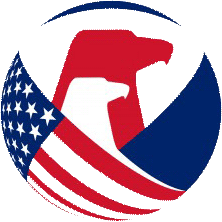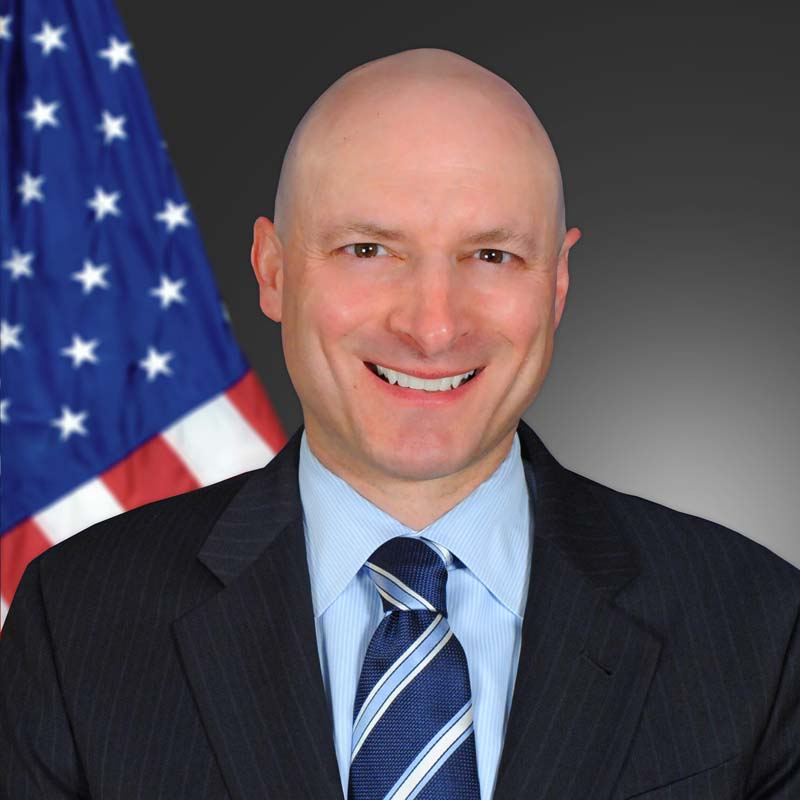Teach kids to protect their brains to help them reach their full potential
As my older son likes to remind me often, summer camp is a time for kids to have fun. It’s a time for swimming and basketball and hanging out with friends. Those are all fantastic ways to pass time in the summer, especially when done safely.
On a recent work trip to Cincinnati, we did a number of events with parents and children aimed at raising safety awareness around youth brain safety and the limits of protective equipment. I am particularly passionate about this area because I believe protecting children’s brains is critical to helping them reach their full potential.
We started by talking to a great group of campers at the Boys and Girls Club in the Avondale neighborhood about keeping their heads and brains safe while on the football field, the baseball diamond, and riding a bike. Thanks to Club Director Valarie Pollard—Ms. P—and her outstanding team, CPSC staffers Nikki Fleming and Carl Purvis and I had the pleasure of spending the morning with 80 campers from the north side of the city.
Carl and Nikki have traveled throughout Ohio this year to help address injury prevention disparities in minority families. These disparities are a serious concern of ours, and we are looking at ways to better target messaging as part of a larger injury prevention effort. To learn more about our Community Outreach program, Click Here.
We were also joined by an amazing team of specialists from Cincinnati Children’s Hospital, who are doing incredible injury prevention work in the Cincinnati community. (More on their work and how I believe it could be a national injury prevention model in a future post.)
With the help of my older son, a product safety protégé, I did a demonstration for the campers on the proper fit for a bike helmet (Click Here) and a baseball helmet (Click Here). But, protecting one’s head and protecting one’s brain are not the same thing, as strange as that might sound. Here’s what I mean.
Kids and parents must understand that in order to protect your head, you must wear a well-maintained helmet, and you must position it properly on the head.
But, to protect your brain fully, a helmet is not the answer. No helmet or other kind of protective gear has been proven to provide full protection of the brain.The key to protecting the brain, especially that of a child, is to avoid hits to the head in the first place.
After our visit to the Boys & Girls Club, we headed over to the Great American Ballpark for a “Brain Safety in Youth Sports” event with Major League Baseball and the Cincinnati Reds. I want to thank Hall of Famer Joe Torre, MLB Chief Legal Officer Dan Halem, Cincinnati Reds All Star Catcher Devin Mesoraco, and Reds trainer Paul Lessard for being part of our event.
It was also great to meet Jr. RBI players and coaches (Click Here) from all over the country and to answer their thoughtful questions. This is the second year we have participated in this event as part of the All-Star Game activities. Check out the video of our event and pay close attention to my “egg and the yolk” analogy to better understand why a helmet can prevent a skull fracture—but you should not rely on it to prevent a concussion.
This is worth repeating: We are aware of no product that has been proven to prevent concussions or any other serious brain injury in a measurable way. For this reason, I cautioned parents, coaches and players not to purchase items marketed as reducing concussions.
Our final activity took place at one of my favorite outreach events for the entire year—the All Star Game FanFest. I love spending the time staffing CPSC’s “Be a Brain Safety All Star” booth and talking to parents and their children about our work and our recommendations for safer homes, pools and sports participation.
Our booth at the past two MLB All Star Games has turned into one of our most successful in-person outreach events all year for the agency. As the game comes to your city, we look forward to seeing you there! In the meantime, please help spread the word on youth brain safety and the limitations of protective equipment when it comes to protecting our children’s brains. We can make no better investment in our future than by helping our children reach their full potential.
Keep an eye on my blog for future posts. And, be sure to follow me on Twitter at @ElliotKayeCPSC for insights into and links to important consumer product safety information.


